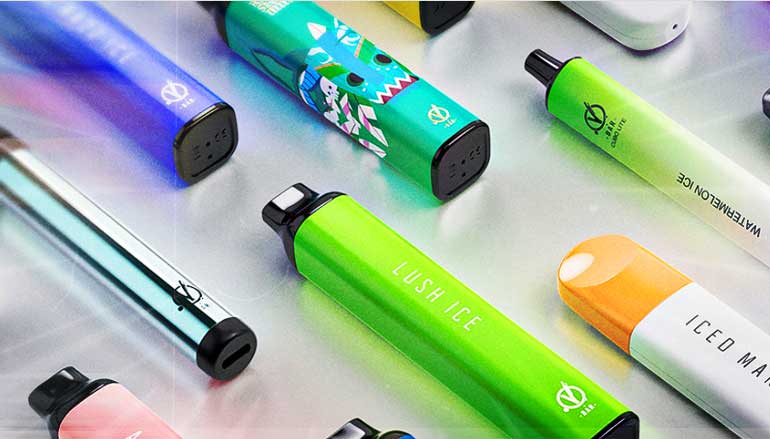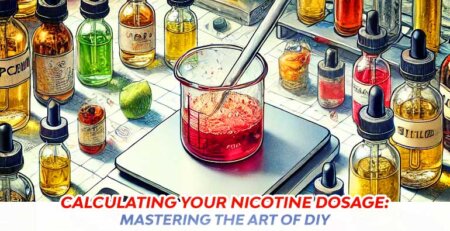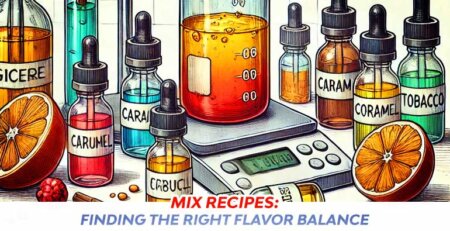Disposables: The $2 Billion U.S. Market Ignored by FDA
The disposable vape market in the United States has grown from a retail footnote to a $2 billion juggernaut in just three years. Disposable vaping products, mostly made by little-known manufacturers, have quickly come to dominate the convenience store/gas station segment of the vaping products market.
The sales numbers come from Chicago market research firm IRI, and were reported today by Reuters, which obtained them through a confidential source. According to Reuters, the IRI report shows that disposable vapes have grown from less than two percent of the c-store market to 33 percent in three years.
That jibes with 2020 National Youth Tobacco Survey (NYTS) numbers, which showed disposable use among school-age youth grew from 2.4 percent in 2019 to 26.5 percent in 2020. The disposable market grew rapidly when flavored pod-based vapes were no longer available in most retail outlets because of FDA actions.
FDA created an unregulatable market
While not surprising to regular observers of vaping trends, the new IRI research confirms that the FDA’s focus on preventing sales of flavored vaping products by well-known mass-market brands like Juul and Vuse—and open-system products sold in vape shops and online—has simply created a parallel gray market of little-known disposable brands.
Gray market vapes are like black market products, but instead of being sold in an underground, illicit market, they are available in standard retail channels, where taxes are collected and age restrictions are followed.
The three-year growth period described in the IRI report, from 2019 to 2022, is significant. In late 2018, then-market leader Juul Labs was pressured to remove its flavored pods (except mint) from the market in response to a moral panic over what tobacco control groups called a youth vaping “epidemic.”
Then in 2019, Juul also removed its mint flavor, and President Donald Trump threatened to ban all flavored vaping products. Trump backed down partly, and in January 2020 the FDA announced new enforcement against pod- and cartridge-based vaping products in flavors other than tobacco and menthol.
Blame it on Puff Bar
The crackdown on flavored products sold in the regulated market match up with growth spurts in the disposable gray market, which was largely unknown to regulators and the national news media. The first disposable brand to gain attention, Puff Bar, probably became the face of the market because tracking the shape-shifting world of gray market vapes required too much effort. It was simpler to blame the “problem” on a brand, and many in tobacco control did.
The FDA spent a lot of time trying to lasso Puff Bar, first with a warning letter to one Puff Bar distributor—sent a week after the company claimed it had ceased U.S. sales—and later asking Congress to grant the agency regulatory authority over synthetic nicotine because Puff Bar “returned” to the market almost a year later, claiming to be using a new non-tobacco-derived nicotine formula. (FDA began regulating products containing synthetic nicotine this spring.)
Puff Bar was indeed a recognizable brand, but by the time the FDA and CDC realized it, the name had already morphed into a catch-all term teens used to describe disposable vapes in general. NYTS data showed Puff Bar was the single most popular brand among high school vapers in 2021—about five times as popular as Juul—even though actual Puff Bars were no longer widely available in stores when the NYTS questionnaire was administered.
The survey, of course, made no attempt to distinguish whether young vapers used actual Puff Bars (unlikely at that time), or whether they were referring to the brand the way many people refer to all facial tissues as “Kleenex.” In fact, by the time 2021 NYTS data were collected, there were already dozens or possibly hundreds of disposable products being sold.
Disposable vapes rule the world
None of the disposable vapes currently popular have received authorization from the FDA, although some disposable manufacturers have submitted premarket tobacco applications (PMTAs), and some have challenged FDA marketing denial orders (MDOs) in court or through FDA administrative appeals.
Two tobacco-flavored disposables (actually two variations of a single device) made by vape product pioneer NJOY were authorized for sale by the FDA in June. But the low-powered NJOY Daily, which has been available for nearly a decade, has little in common with today’s popular disposable vapes.
Modern disposable vapes range from tiny Juul-shaped devices to high-capacity products that fill the user’s hand and provide thousands of puffs. While all of them use rechargeable lithium ion cells, only those containing more than a day’s worth of e-liquid have built-in USB ports that allow users to recharge them until the liquid is finished.
Most popular disposables are filled with fruit-flavored vape juice, often mixed with menthol-like coolants. Few come in tobacco flavors. In fact, if the FDA hadn’t been hell-bent on eliminating non-tobacco flavors, the gray market would never have grown so large
The products are ubiquitous, not just in U.S. stores but around the world. Even in Australia, where the government has already banned all nicotine vaping products without a doctor’s prescription, there is a raging panic over teenagers vaping widely available disposables.
How will the Aussies deal with popular products that are already prohibited? Probably the same way the American FDA will handle a $2 billion market that ignores the agency’s edicts: by punishing businesses that try to follow FDA rules. It will be the suckers that submitted applications and made good-faith efforts to comply with the agency’s regulations that get MDOs and warning letters, while the gray market sellers will change their product names and laugh at the clumsy regulator.
The post Disposables: The $2 Billion U.S. Market Ignored by FDA appeared first on Vaping360.







Leave a Reply